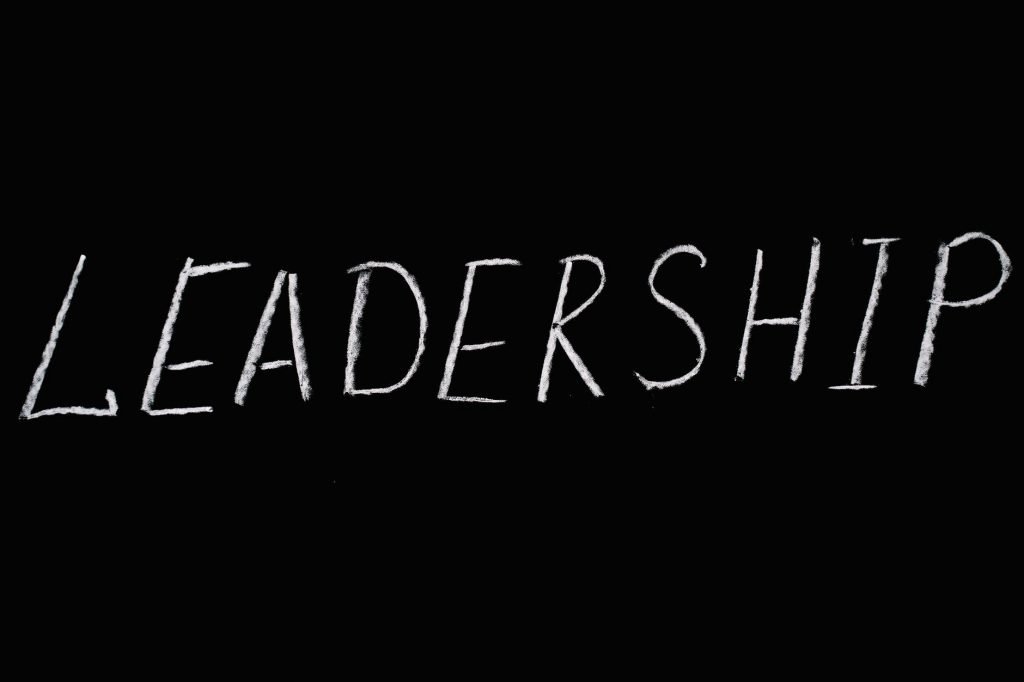
Leadership is all about building capacity. As you build capacity in one area, you often find an area that you need to improve upon and begin to build capacity in that other area. As a leader in your organization, or life, you should want to constantly improve. Sometimes that is improving areas you are stronger in, and sometimes that is areas you are weaker in.
Addressing conflict is one of those areas that I have yet to hear a leader say they are confident in
No one likes conflict but it is something that is ever present.
When it comes down to it, conflict is the struggle between incompatible or opposing needs, wants, interests, ideas, or people.
Most people view conflict as being negative, but it doesn’t have to be viewed that way and just like building capacity through exercising, you can build capacity in your conflict style. It takes practice, but it is possible.
There are 5 conflict management strategies that I could talk about, but I’ll save those for another day!
In order to build your capacity as a leader in dealing with conflict, we need an understanding of what capacity means. Capacity is typically thought of as capacity in a restaurant or room. So when thinking of your leadership capacity in regards to conflict, it is the amount of conflict you can handle. And really, how to handle it well.
Here are 6 ways you can begin growing your conflict capacity.
1. Have an Understanding of Yourself and How You View Conflict
When we are growing up, there are certain values placed upon us. We are taught that certain things are good and certain things are bad. Have you ever stopped to think about how you view conflict and what that means in how you behave towards it? When you come to understand how you view conflict and the biases you have towards it, you have the foundation to building your capacity.
2. Reframe conflict
The word of the year is reframe (not really) and it is where you will begin to see a shift in how you view life. When you struggle in one area, it is important to reframe the situation.
When we reframe conflict to take personalities out of the equation, it eliminates the assumption on motive. It helps you to see the conflict as it really is, two different desires that are not aligned.
3. Make Curiosity Your Best Friend
Conflict often leads to a feeling of defensiveness, or at least that is how I feel. Instead of becoming defensive, become curious. Ask questions about how they came up with their decision and then wait for the answer. When we are genuinely curious, we ask good questions. But equally as important is being an active listener and really listening to what they are saying through body language and their words.
4. Conflict is Not Always Negative
When viewed in the right way, it can increase involvement as people engage in the conversation in the organization. It can lead to increased innovation and creativity. Can you imagine if you viewed conflict as a way to come up with a better solution to a problem than something to despise? Conflict can help clarify an organizations values as well. Constantly disagreeing on various issues? It may be a conflict in values not being communicated properly as an organization and then further it might show the individuals values vs the organizations values. This all helps with clarifying the situation at hand.
Conflict, when viewed negatively, includes heightened emotions. It typically involves personality clashes. When it is viewed negative, and emotions run high, it often leads to decreased communication.
Want to know what leads to wasted time? Individuals who are upset about a situation who then do not work.
5. Get Comfortable with Being Uncomfortable
That is a good motto for life. You came for tips on how to increase your conflict capacity, and you are leaving with this bit of extra, free of charge!
Changing patterns in behavior is hard! It is when we expand our comfort zone, when we don’t reply to the email right away or we hold our tongue that we grow. It is finding the right tool to respond with, and sometimes that is simply waiting to respond.
6. Develop a Growth Mindset
Developing a growth mindset is one of the key ways you can grow your capacity in any area of life. Read about things you don’t know about. Read things that are contrary to what you believe. Expand what you know. By reading it, it doesn’t mean you are going to take that opinion on but it gives you another perspective. Another great way to help you think outside what you know is by finding a mentor. Having someone you can talk to about leading and life is always a great thing. In regards to building your conflict capacity, this is a topic you can discuss with your mentor. How have they had the difficult conversations? What have they done to help them get comfortable with conflict?
This is all about having a growth mindset and will be beneficial in all ways in the future.
Building conflict capacity is only going to be good for you as a leader, your people, and your organization.
I’d love to know what you have done to help build your conflict capacity! Comment and tell me below.
Stephanie
